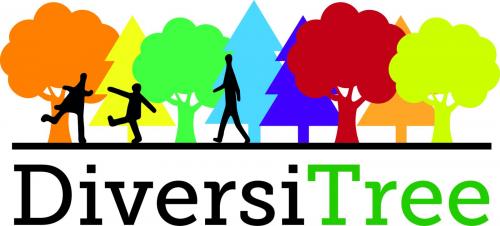



In March 2024 we held a practitioners panel at Norbury Park where we discussed:
- How much diversity is “enough”?
- Managing diverse woodlands
- Stakeholder perceptions, objectives and attitudes to diversity
- How many species use Scots pine and Stika spruce?
An illustrated summary of our discussion can be seen in these four drawings




In September 2023 we held a practitioners panel at Mar Lodge estate where we discussed:
- How much diversity is “enough”?
- Managing diverse woodlands
- Stakeholder perceptions, objectives and attitudes to diversity
- How many species use Scots pine and Stika spruce?
An illustrated summary of our discussion can be seen in these four drawings
Putting practitioners at the heart of DiversiTree
At its essence, DiversiTree is a collaboration between academics and practitioners. One of the ways we are ensuring those who are at the coalface of woodland management have a voice in DiversiTree, is by convening a Practitioners Panel. The Panel will meet in-person four times throughout the project to engage in field-based 360 learning, to scrutinise, test feasibility and enhance the implementation of findings from the project. The Practitioners Panel is made up of individuals with in-depth and diverse experience of woodland management for a range of different objectives and priority outcomes. See the latest graphical outputs from our Practitioners Panel meeting below. Thank you to National Trust for Scotland and Norbury Park for hosting the events, and to Holly McKelvey for producing these outputs.
Outputs
Follow us on @DiversiTree_UK
Additional Knowledge exchange: In addition to the knowledge exchange occurring within this project, this project is one of three Future of UK Treescapes projects that are part of the Tree of Knowledge: community the complexity of forest resilience.”


